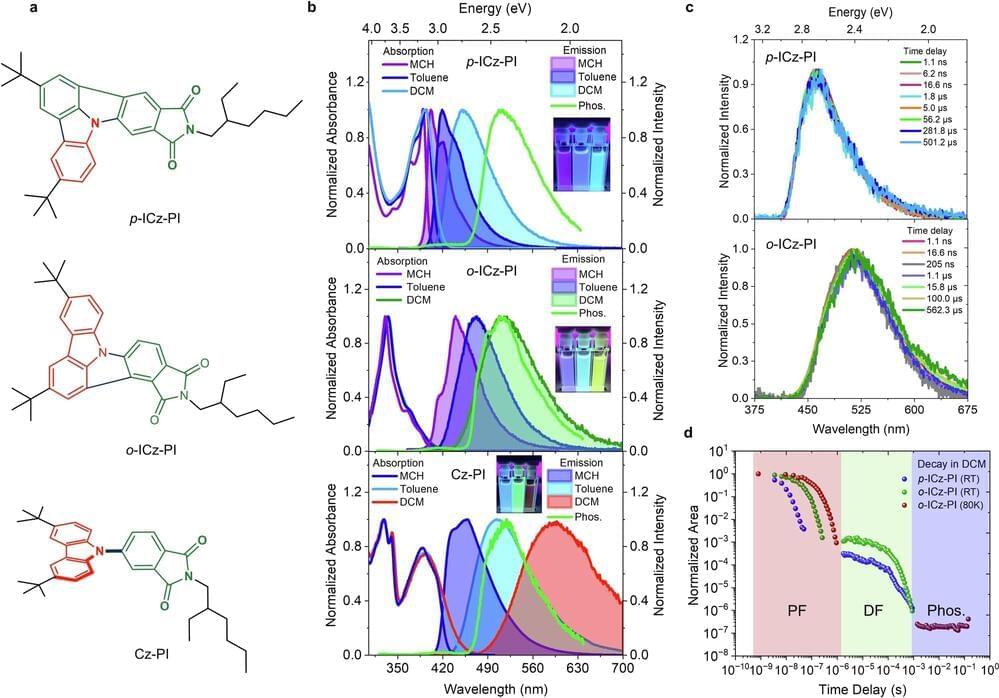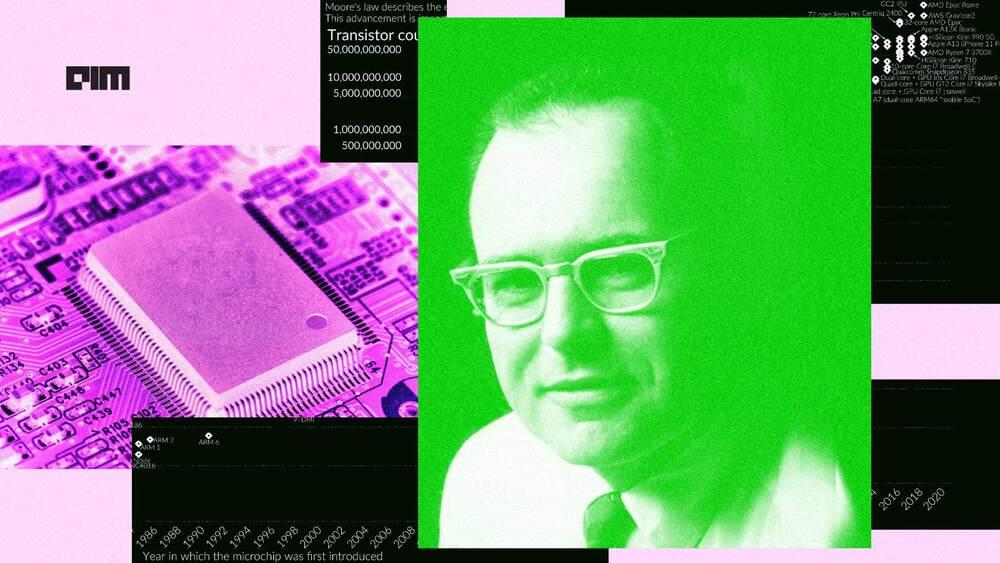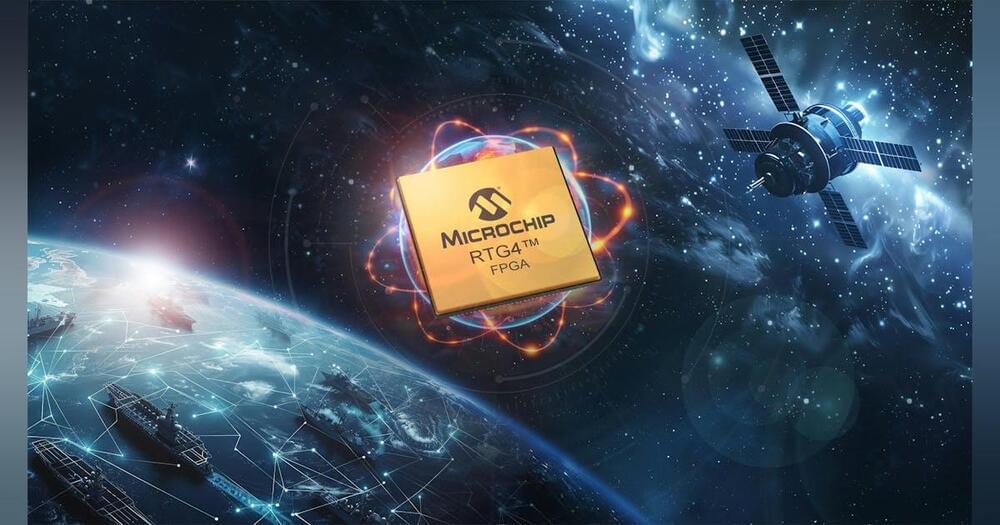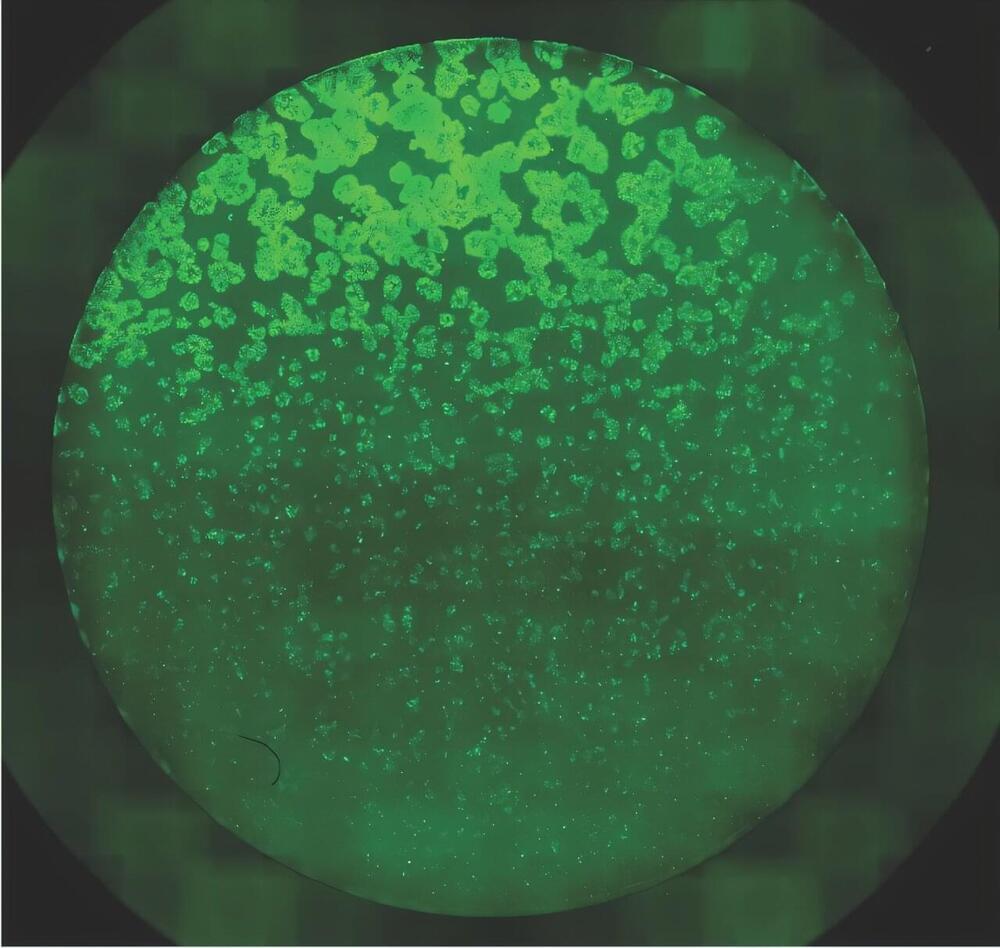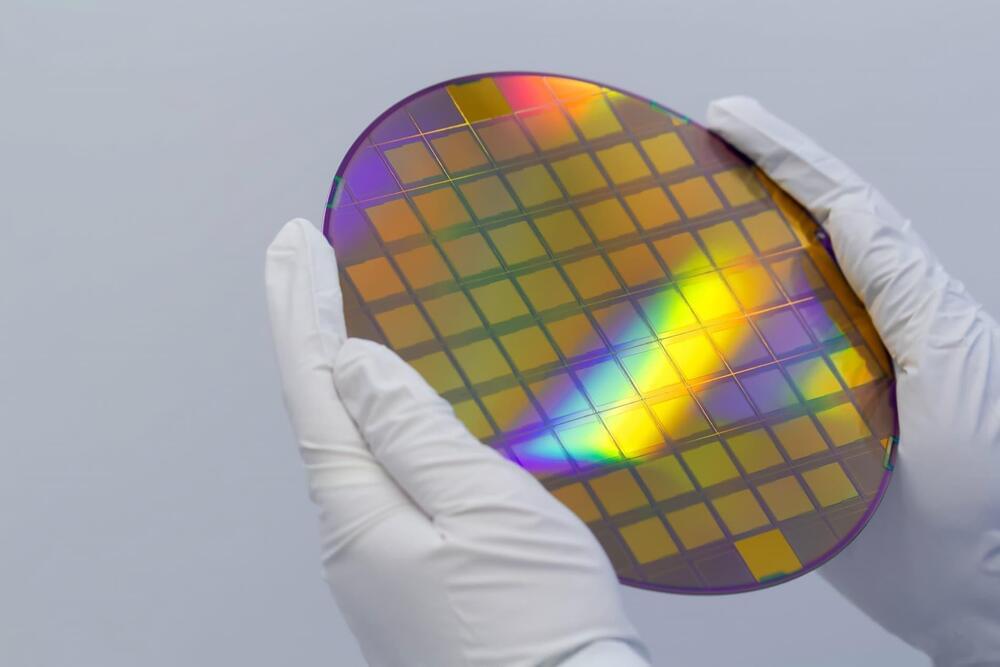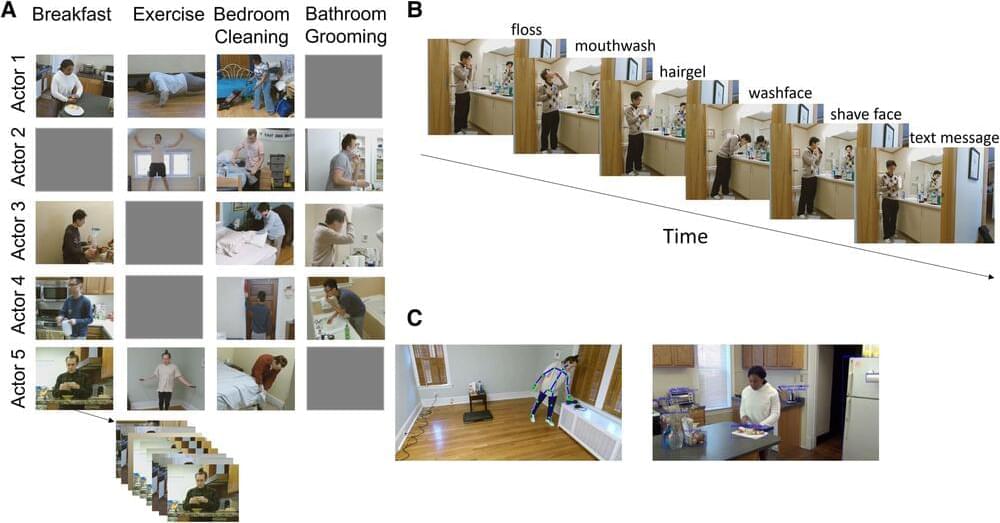Nov 22, 2024
New organic molecule design can lead to long-lasting, durable OLEDs for displays
Posted by Saúl Morales Rodriguéz in categories: computing, mobile phones
Scientists have developed a method to improve the stability and efficiency of organic light-emitting diodes (OLEDs), a technology used in smartphones, TVs, and other electronic displays.
This advancement utilizes a unique type of molecule that has the potential to extend the lifespan of OLED devices significantly.
The researchers present a novel way to design organic molecules that can maintain their stability and efficiency over time, even in high-stress conditions. The research is published in the journal Nature Communications.
